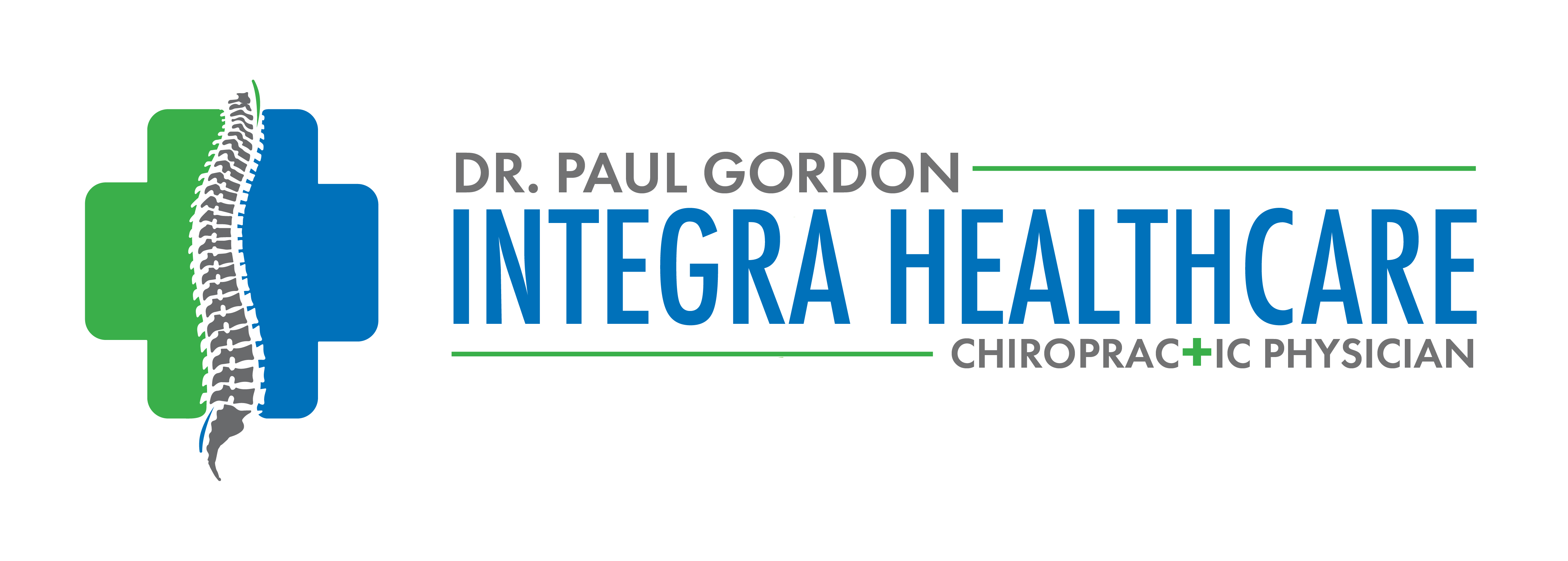Anatomy of the Core Muscles
 In order to make the most of each workout and avoid a serious injury, it’s vital to understand the anatomy of the core muscles. Basically, “core muscles” are those responsible for giving us strength and stability when we bend or twist. They can be broken down into seven different sets: the rectus abdomens, external obliques, internal obliques, transversus abdominis, multifidus, quadratus lumborum and lumbar erector spinae. Each set of muscles then performs a different function, as follows:
In order to make the most of each workout and avoid a serious injury, it’s vital to understand the anatomy of the core muscles. Basically, “core muscles” are those responsible for giving us strength and stability when we bend or twist. They can be broken down into seven different sets: the rectus abdomens, external obliques, internal obliques, transversus abdominis, multifidus, quadratus lumborum and lumbar erector spinae. Each set of muscles then performs a different function, as follows:
Rectus abdominis
This set of muscles is responsible for flexing and rotating the trunk. In fact, it is made famous by the term “six pack” abs. The muscle extends from the xiphoid process and adjacent cartilages. It also attaches to the pubic bone at the crest and symphysis.
External obliques
These contribute to spinal stability and allow the trunk to flex and bend toward the opposite side. They specifically begin at the front lateral part of the lower seven ribs. In addition, they attach at the pubic tubercle, linea alba, and front of the iliac crest.
Internal obliques
These muscles provide stability to the spine and allow you to flex and rotate the trunk toward the same side of the body. These obliques begin at the inguinal ligament, thoracolumbar fascia and anterior iliac crest. Then, they attach at the lines alba and lower four ribs.
Transversus abdominis
This plays a key role in trunk stabilization. It additionally compresses the abdominal wall. It starts at the thoracolumbar fascia, the lower six costal cartilages and the iliac crest, and attaches at the middle of the linea alba.
Multifidus
This stabilizes and allows for the rotation and flexion of the spine by supporting the vertebral joints. They begin at the posterior sacrum, superior iliac spine, mamillary processes of the lumbar vertebrae, transverse processes of the thoracic vertebrae and the articular processes of the cerebral vertebrae. Each connects at the spinous processes of the vertebrae, two to four bones above where they originate.
Quadratus lumborum
This muscle connects the spine to the pelvis. It is particularly responsible for movements related to bending and twisting. The muscle allows you to bend while rotating, for example. It begins at the top of the iliac crest, and attaches to the top of the lumbar spine and the lowest ribs.
Lumbar erector spinae
These are long muscles that allow the spine to extend, bend and twist. They extend from the lumbar spine to the neck. They begin at the iliac crest, the sacrum, the lower seven ribs, and the spinous and transverse processes of the thoracic vertebrae, and attach at the angles of the ribs, the transverse processes of the vertebrae and the base of the skull.
Overall, as you continue to study the anatomy of the core muscles, as well as each of their functions, you not only learn how to avoid injuries, but also how to treat them. Of course, Dr. Paul Gordon and his team are here to help. For more information about the anatomy of the core muscles, or to learn more about chiropractic, stop by our office or call us today!
Leave a reply
Leave a reply